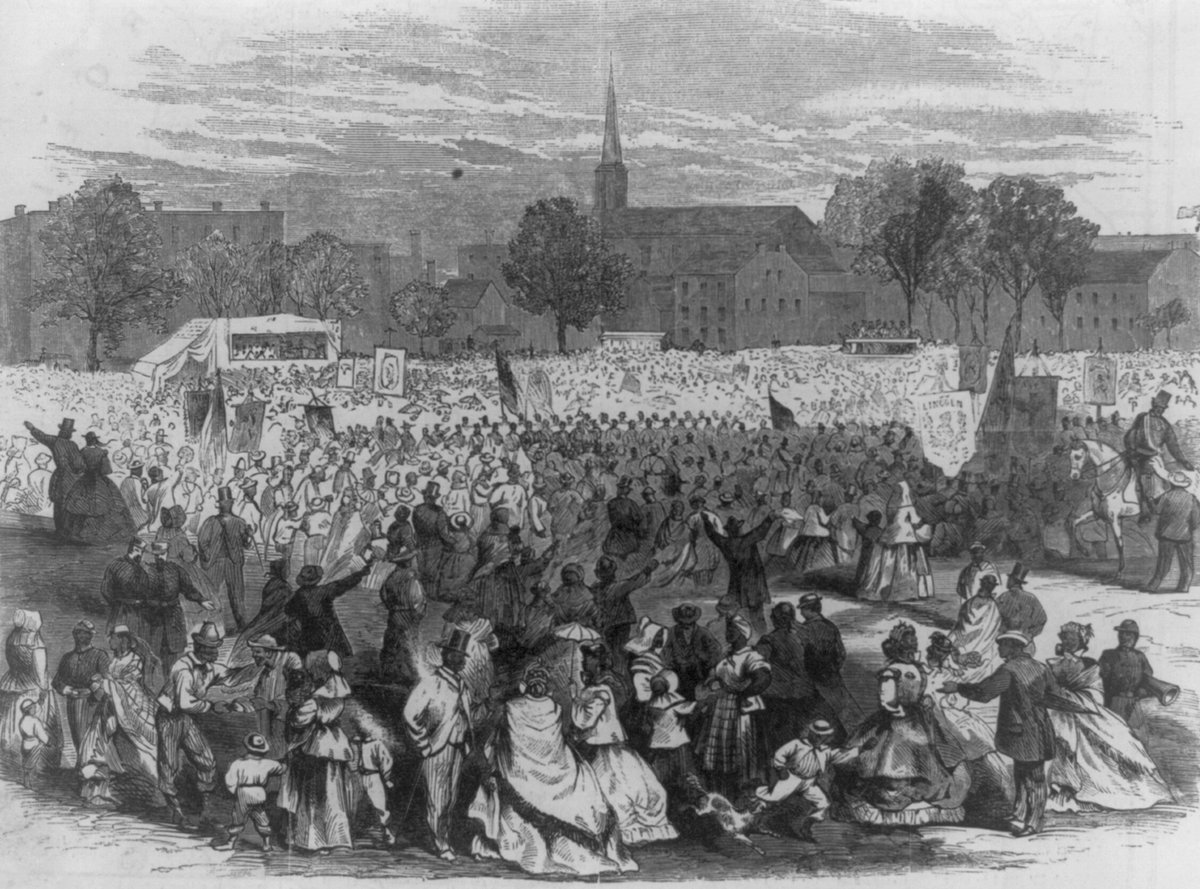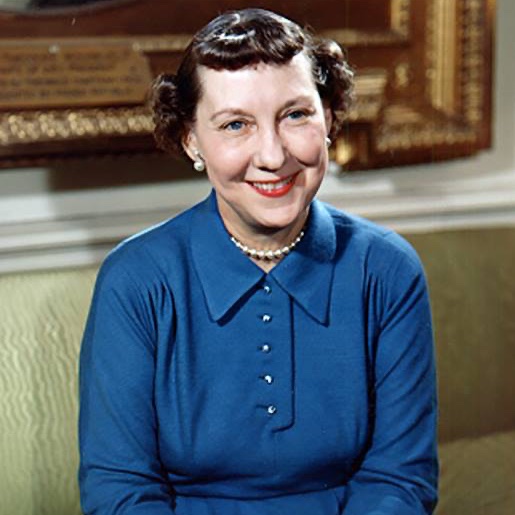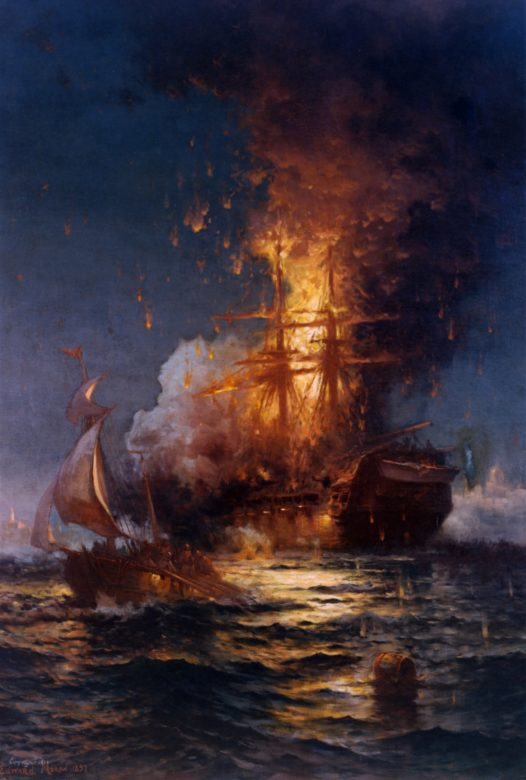Happy #EmancipationDay! Emancipation Day festivities have been an American tradition for over 150 years. This print depicts the celebration of the abolition of slavery in April of 1866, four months after the passage of the 13th Amendment. 1/11
Image Credit: Library of Congress
Image Credit: Library of Congress

#OTD in 1862, President Lincoln signed the Compensated Emancipation Act into law. Proceeding the Emancipation Proclamation nearly nine months, the Act abolished slavery in the District and freed approximately 3,100 enslaved African Americans. 2/11
The Act also compensated former slave owners up to $300 per enslaved person and offered financial assistance of up to $100 to newly freed people to help them emigrate out of the city. 3/11
The day of celebration started with a parade that traveled throughout the city and featured speeches at Franklin Square by members of the African-American community. 4/11
Through the end of the nineteenth century, Emancipation Day celebrations served as a medium to demonstrate the pride, political strength, and progress of the African-American community in the District. 5/11
Image Credit: Library of Congress
Image Credit: Library of Congress

Unfortunately, Emancipation Day celebrations came to an end in 1901. While smaller celebrations continued in local settings, the larger citywide parade and speeches ended after many prominent African-American leaders withdrew their support. 6/11
Segregationist policies across the District, along with class divisions within the African-American community, contributed to the decline of these Emancipation Day celebrations. 7/11
Fortunately, the tradition of Emancipation Day celebrations in the District reemerged in 1991 due to the efforts of Loretta Carter Hanes, a D.C. native, who began small, public celebrations in support of Emancipation Day. 8/11
Larger celebrations and parades in honor of the day were revived in 2002 and, in 2005, Emancipation Day became a public holiday in the District. 9/11
Residents in the District continue to celebrate Emancipation Day with parades and concerts to honor the abolition of slavery and the freedom obtained by the African-American community. 10/11
Learn about the complicated past and the paradoxical relationship between slavery and freedom in the nation's capital with our research initiative, Slavery in the President's Neighborhood #SPNInitiative 11/11: whitehousehistory.org/spn/introducti…
• • •
Missing some Tweet in this thread? You can try to
force a refresh





















